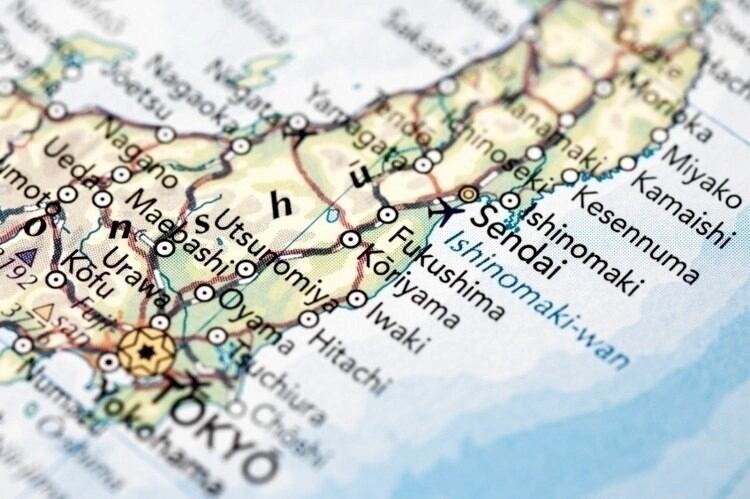Japan’s annual Dietary Habits and Lifestyle Survey is conducted by the Ministry of Agriculture, Forestry and Fisheries (MAFF), and the results of the latest FY2022 edition were recently published on the ministry website.
The survey was conducted on 4,000 participants nationwide, with particular emphasis on factors guiding their food and beverage purchasing choices as well as awareness levels surrounding the government’s ongoing Nippon Food Shift national food campaign.
“Consumers stated that one of the most important considerations for them when buying their food is that the products must be made in Japan as much as possible – this was highlighted by 39% of the people surveyed,” MAFF stated via the official report.
“This was closely followed by price considerations, where 38.1% of respondents said that when considering similar products they tend to go with the selection that has the price which is as low as possible.”
Interestingly, the importance of local production has increased since the FY2021 results were published for this factor (34.4%) but decreased for the pricing factor (45.1%), likely due to a general acceptance of overall increased product prices as a result of inflationary hikes.
It is unlikely, however, that this can be attributed to the government’s national Nippon Food Shift movement, which looks promote deeper local consumer understanding of their food and agriculture supply chains, because the survey found that close to 80% of all respondents had not heard of the campaign.
“The survey found that 79.7% of all the 4,000 participants surveyed had no idea about the Nippon Food Shift, with just 15% knowing about it to some extent and 5.4% having only heard of the name,” the report authors said.
“This was an even higher proportion than in FY2021 where 77.9% had no idea about it, 16.2% knew about it and 5.9% had heard of the name – more efforts will be made to promote this campaign moving forward.”
Other factors found to have significant impact on Japanese consumers’ food purchasing decisions included high quality (20.5%), high ratings on online platforms (12.3%), and influencer recommendations (4.7%) amongst others.
Despite the obvious influence of internet promotion here, the survey still found that many consumers still obtained their food-related information from the television.
“The survey also found that some 60% of all respondents get their information with regard to food and agriculture from the television, and the other 40% from news sites,” said the authors.
“This also included current issues facing Japan’s agriculture sector such as local self-sufficiency, food loss and food waste, as well as rising average farmer age.”
Rice remains top staple
Although the introduction of western diets in Japan has led to a rise of wheat-related food consumption, such as bread and pasta, rice still remains the top staple food item in the country.
“Across both the summer and winter seasons, rice remains the most common staple food consumed at about 40% overall,” the report stated.
“This was followed by bread at some 20% overall and then noodles at 16% overall.”





